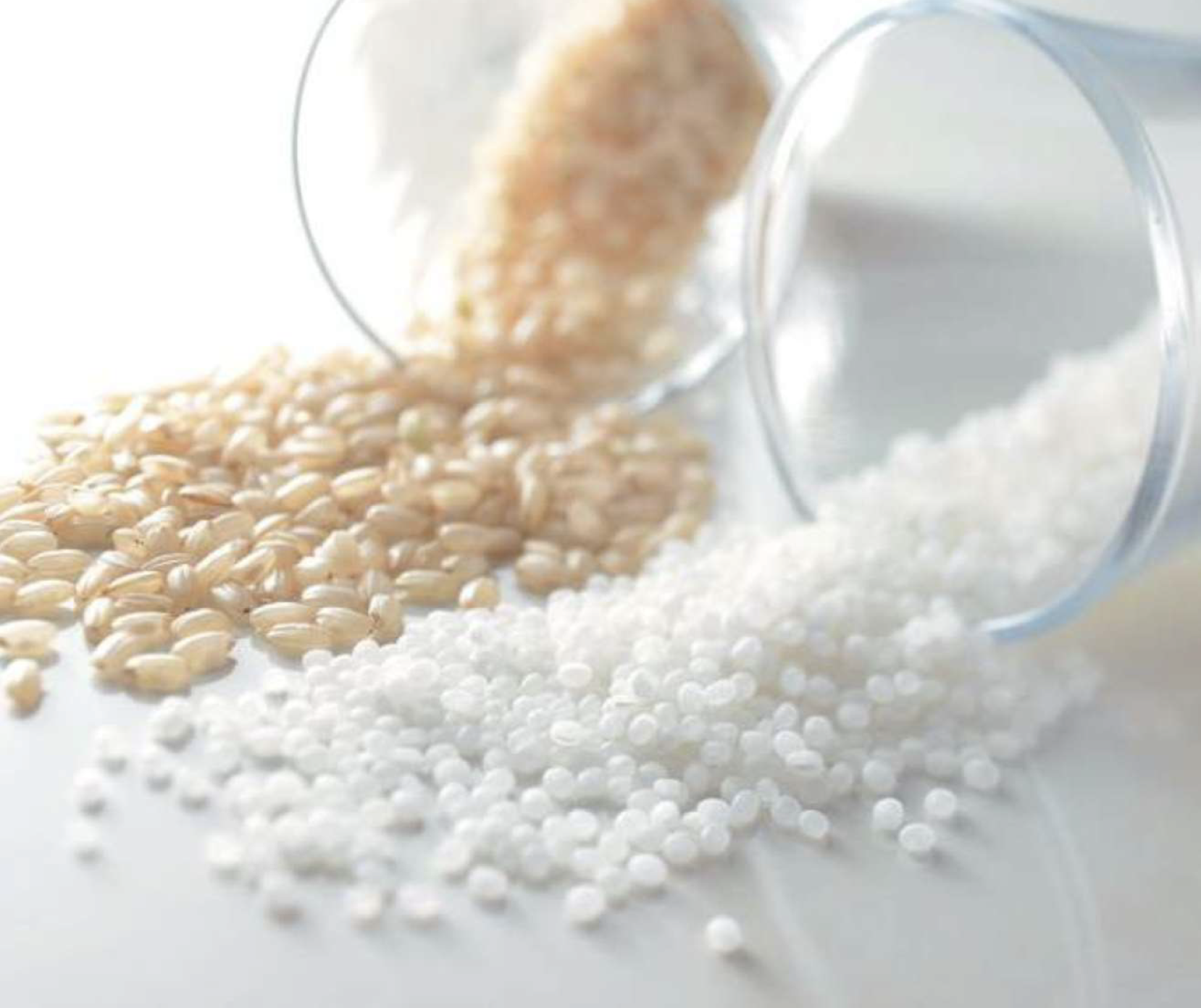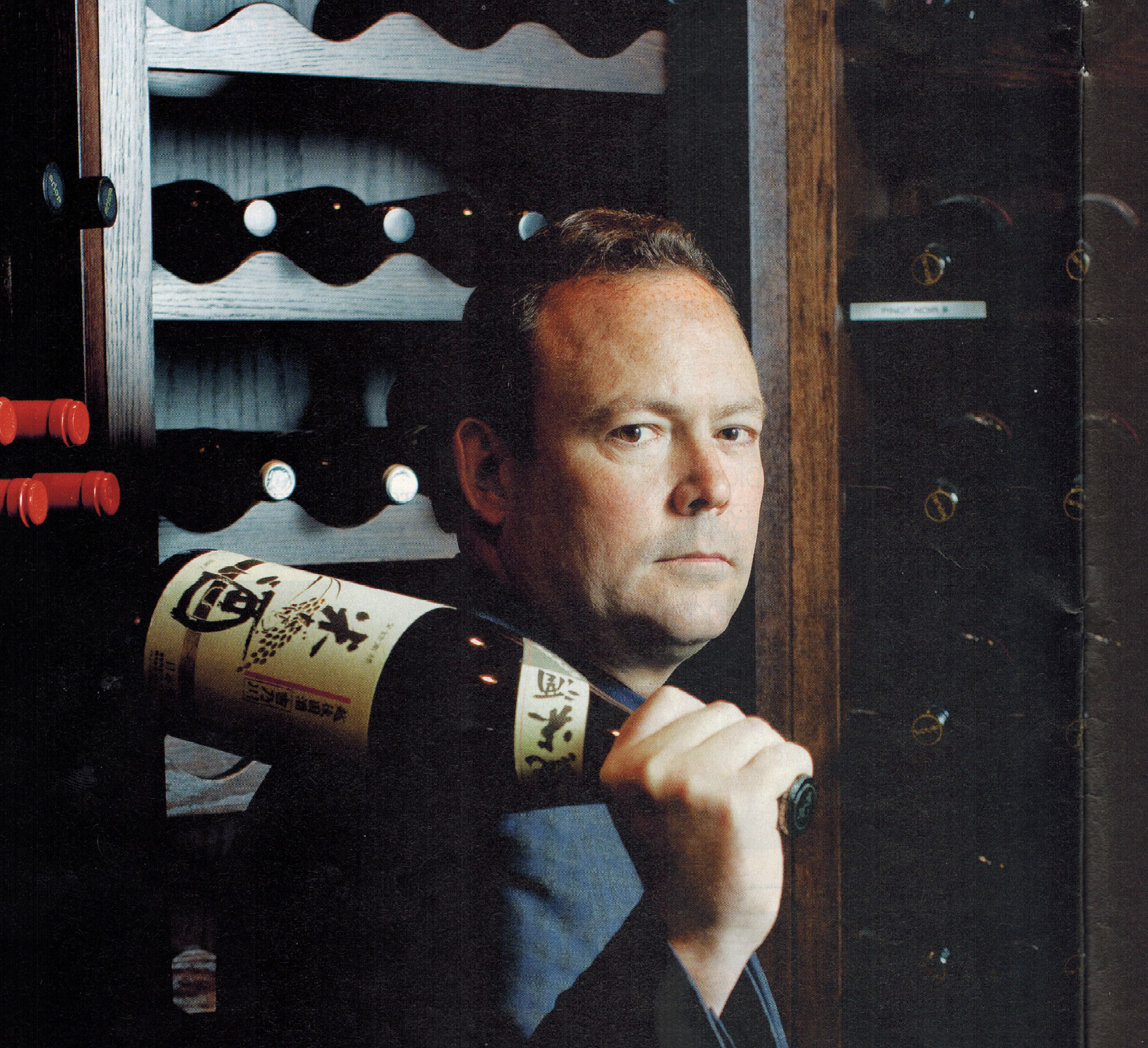Spirit Spotlight - Quarterly Pour - Winter 2021
Spirit Spotlight - Quarterly Pour
Winter 2021
by Patrick Ellis

What's all the buzz around premium saké?
Some years ago, many of us first “experienced” saké as an inexpensive, piping hot drink shot back over a Japanese meal. Today, we can find premium sakés ranging from $25 to over $1,200 per bottle, seen everywhere from Italian restaurants to local pubs. Why this sudden interest from connoisseurs to chefs in these premium sakés? In a word-versatility.
Industry professionals are discovering that premium saké is a true food pairing dream. Delicate, fruity, floral, and complex often describe this new generation of saké.
It is essentially umami in a glass. Umami, our 5th taste sensation (along with sweet, sour, bitter, and salt) captures the rich, savoury flavour components in foods. Classic umami-rich examples include broths, tomatoes, cheese, cured meats, etc. Umami driven foods paired with saké literally create an umami explosion, meaning saké pairs beautifully with oysters, pizza, and poutine.
Saké has 1/4 the acidity of wine, allowing greater food pairing freedom. Also, lactic acid is generated early in saké production, lending itself to naturally and easily dance with dairy-based dishes.
These delicious food-friendly characteristics are one big reason why saké is now featured on so many Michelin-star restaurant wine lists.
An old Japanese saying declares “saké does not fight with food.”. This makes sense, as what doesn’t go with steamed rice?
What exactly is saké? A spirit? Definitely not-saké is brewed, not distilled, and has much lower alcohol (around 15%). A beer? While both are brewed, saké’s unique fermentation process places it in a category all its own. Then it’s a wine? Again, no. While it “plays” like a wine, it is not made from fruit, and its fermentation is much more complex. Then, what is saké? Well, saké is sake recognized as the bona fide 4th major category of alcohol.
Saké has been made in Japan for over 2,000 years. Key processes developed over 500 years ago remain the foundations of modern day saké production, including pasteurization, hundreds of years before its ‘discovery’ by Louis Pasteur. Recently, the craft has significantly evolved, thanks to refined rice polishing and intricate fermentation techniques, which finesse saké to its exquisitely modern style.
Saké is recognized as one of the purest alcohol beverages, as it has no sulfates and claims numerous health attributes, developed during
fermentation. There are only four core ingredients: rice, water, yeast, and koji-kin (enzyme), combine to create those complex fruity notes. How can we possibly get cantaloupe, honey, and tree fruit aromas and flavours from rice and water? The magic is orchestrated throughout saké production, beginning with rice polished to a specific ratio, then steamed and carefully guided through a starch to sugar conversion, ultimately culminating in the complex “multiple, parallel fermentation”. Through each stage, the brewmaster (often referred as the critical 5th ingredient) skillfully manages all the components and processes (ingredients, water, temperatures, times) to craft a seemingly infinite number of possible flavour profiles.
The amount of rice polish will dictate the classification of the premium saké, noted on the label as (Junmai) Ginjo (min. 40% polish removed), or (Junmai) Daiginjo (min. 50% polish removed). If brewer’s alcohol is added for a different stylistic expression, the prefix Junmai is removed from the label. There are two additional premium saké categories: Honjozo (min. 30% polish removed) and Junmai (no min. but label must declare % polish).
Generally, the more the polish, the more refined the saké and the higher the price.
How should you serve saké? It is best enjoyed like wine, served chilled in a wine glass to help capture all those complex fruit and flavour notes.
Unlike wine, saké s best enjoyed as fresh as possible, and is not meant to age. If stored for short periods, it’s happiest in a cool, dark place and ideally consumed within a year. Every saké label should have a production date reference.
Once saké is opened, it is more forgiving than wine, lasting days longer in the fridge, dependent on how much oxygen is in the bottle.
No longer that hot, mysterious drink from Japan, saké is now being celebrated across the global premium stage. Join the discovery and see just how easy saké is to embrace.
Kampai! (Cheers!) P
Saké Samurai, a rare Title bestowed by the Brewers of Japan, recognizing his expertise and dedication to spreading the word of saké. He is fluent in Japanese and has been sharing his passion for saké for over 25 years. Patrick represents Canada as Judge at the Concours
Mondials Saké Selection Competition in Japan.
For the Love of Liquor - BC Business - September 2011
For the Love of Liquor - BC Business - September 2011
by Frances Bula // photography by Brian Howell

THE ODYSSEY:
Patrick Ellis scours the globe for exciting new premium wines and sakes the real challenge begins when he tries to import them back to B.C.
A handful of enthusiasts navigate a maze of international law, shipping logistics and customs regulations all to make sure our liquor stores and bars are stocked with our favourite foreign tipples.
The small bottle of Dassai 50 sake arrives at the table nestled on a rocky bed of ice cubes in a heavy glass cooler, condensation misting the sides. It has taken long time to arrive. Not since we ordered it from the server at the sleek new Hapa Umi restaurant near the convention centre that took matter of minutes but for liquor importer Patrick Ellis, it’s been years-long process.
Ellis runs Blue Note Wine & Spirits Inc., one of the 300 companies in B.C. that are responsible for what we see on the shelves of the province’s public and private liquor stores or the menus of local restaurants. The government-run Liquor Distribution Branch (LDB) employs only four buyers and except in rare cases one buyer, for example, personally goes to France to taste the early stages of that year’s Bordeaux and place future orders they rely on what these importers scout out around the world.
Ellis first visited the Asahi-Shuzo sake brewery in a small town in the Yamagu chi prefecture on the southern tip of Japan’s Honshu Island in January of 2008, where he met the Sakurai family who run it, tasted all the brewery’s products, and toured the facility. Ellis describes the impression made by his first tasting of its Dassai 50 super-premium sake: “sophisticated enough to attract people looking for something new and special-tasting, but priced right for the market, kind of like Ferrari offering a great-value premium sports car.” He applied in March of that year to B.C.s LDB for a product number code and received it a few weeks later, allowing him to place his first order for 100 cases. The bottle that comes to our table in May this year its first month of availability in B.C. was part of an order Ellis placed with the brewery on October 29, 2009.
After the two months it took to produce it, the shipment was sent to Tokyo, 800 kilometers away, where it sat waiting for a container bound for Vancouver to All. Once on the boat, it was a 10-day trip to Vancouver. From the port, it was sent to Container World, the bonded warehouse in Richmond that is the Ellis Island of all alcohol imported to B.C. It took a week for customs processing and then Hapa Umi’s staff, who had been given tastings of it earlier, ordered a supply of Dassai 50 from a nearby government liquor store. When that restaurant’s order for a case came in, it was released from the bonded warehouse for a transfer to the LDB warehouse at Broadway and Rupert a process meant to take three days, but which can stretch to two weeks. From this second warehouse, the sake was then shipped to the liquor store where restaurant staff had placed the order, at which point Hapa Umi staff could pick it up.
Ellis doesn’t brood about the Captain Cook-like journey or the paperwork that went into all of the stages of it. The 48-year old has a smile so broad on his face that he makes Santa look mildly depressive. He’s happy it’s here. He’s happy more restaurants are ordering premium sake these days. He’s happy to tell me the history of the sake and of the owner of the company that produces it and of the way it’s made. It’s called Dassai 50, he explains, because 50 per cent of the husk has been removed from the Yamada-Nishiki rice grains togive it a distinctive flavour. “You can smell a little banana in there, some melons,” he says as he sniffs and tastes. “Or a touch of fennel or a really juicy Asian pear.” None of those flavours is actually in the sake, which is composed only of water, rice and koji mold spores. But the chemical makeup of this particular bottle of clear liquid makes our tongues taste. what’s not there. As do Ellis’sv words.
Liquor importing is not something taught in schools or through any kind of structured apprenticeship. Like most B.C. importers, Ellis arrived at it via a circuitous route. He grew up in B.C. and Ontario and attended the University of Victoria, where he became fascinated by Asian studies. A scholarship enabled him to pursue graduate work in Japan, after which he went to work for a Japanese automaker in Ontario. He switched to exporting Canadian wines to Japan while working with his Japanese father-in-law,and arrived at the idea of importing sake to B.C. about a decade ago. His success in arousing consumer curiosity about sake led him to lend his marketing talents to a select group of wineries. Robert Simpson, the president of the older and larger Liberty Wine Merchants Ltd., took a similarly sideways route; he began with a degree in sociology and English. After discovering by chance that he was good at distinguishing wine quality, he ran a restaurant in Point Roberts before moving on to importing wine and operating private wine stores. It’s a kind of quirky passion that keeps him going, even after excruciating bus trips in Portu gal over bumpy country roads that some times end at wineries whose products
taste like gasoline. Thanks to the demands of bringing alcohol into a place like B.C., Ellis, Simpson and their fellow importers must also have the patience to track down endless bits of paper (when did that container with my French wine leave Marseille, anyway?), negotiate the bureaucracy of government controlled liquor operations, and sell with relentless charm, knowledge and strategy to those who are doing the bulk buying. That selling job is particularly complex in B.C. because of its hybrid system of public and private alcohol sales. It’s not an all-public system, like the massive Liquor Control Board of Ontario, which is the largest single buyer in North America.
